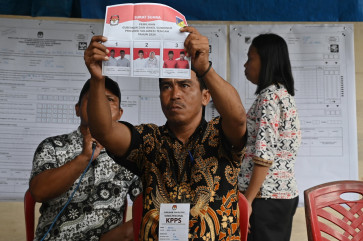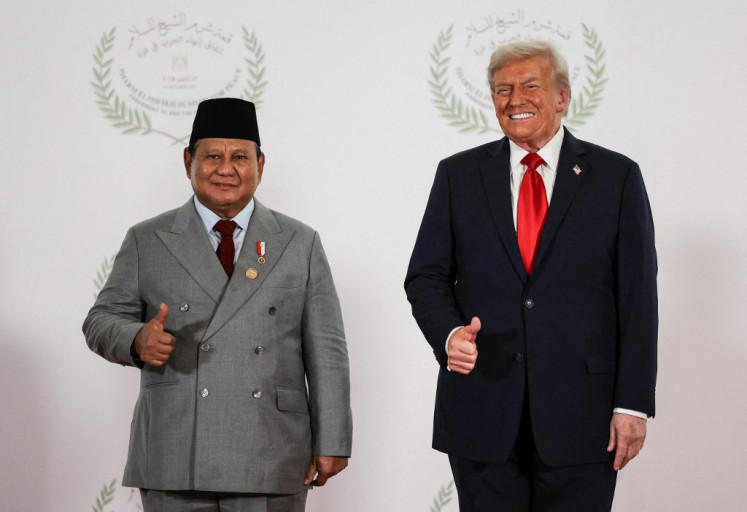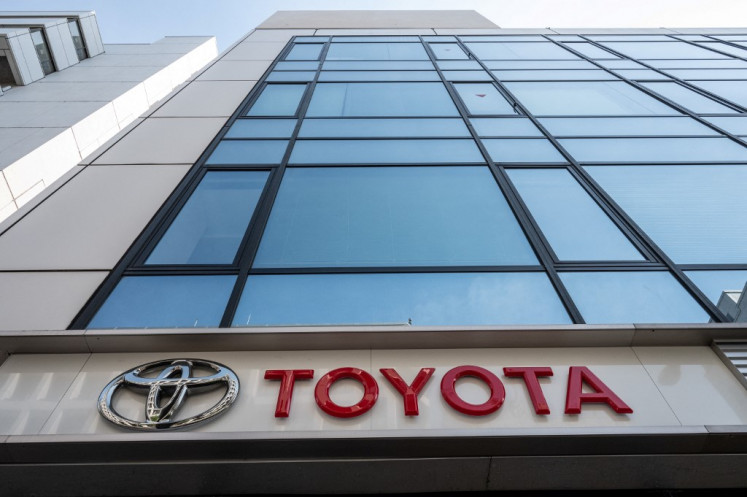Popular Reads
Top Results
Can't find what you're looking for?
View all search resultsPopular Reads
Top Results
Can't find what you're looking for?
View all search resultsReconsidering strategies to achieve 8% economic growth
The objective of raising economic growth from 5% to 8% involves shifting the long-term economic growth trajectory by enlarging economic production capacity and enhancing technology adoption, while improving labor and capital productivity.
Change text size
Gift Premium Articles
to Anyone
T
he discussion around strategies for achieving high economic growth has intensified following President Prabowo Subianto's declaration of an ambition to bring Indonesian economic growth to 8 percent per year by the end of 2029.
Concurrently, the government has introduced several initiatives to drive this growth, including the free nutritious meal program, the development of three million housing units, sovereign wealth fund Danantara, the food estate program, the establishment of a bullion bank and the development of 80,000 Merah-Putih cooperatives.
I observe that the government’s strategies and programs aimed at achieving higher economic growth are primarily driven by the idea of boosting the demand side of the economy. The most well-known macroeconomic formula to illustrate this is Y = C + I + G + (X - M), indicating that aggregate demand is the sum of household consumption (C), investment spending (I), government expenditure (G), and net exports (Exports minus Imports). Thus, the essence of economic policy is to enhance C, I, G, and (X - M) to attain higher economic growth.
However, we should understand obviously that the macroeconomic formula above serves as a tool for managing short-term economic growth throughout the business cycle. For instance, if the economy is experiencing a slowdown, the government may employ fiscal policy to increase aggregate demand and stimulate economic growth by raising government spending.
In essence, the equation Y = C + I + G + (X - M) primarily represents the management of aggregate demand as an economic policy aimed at smoothing economic growth and avoiding significant economic fluctuations.
Expanding capacity
In my opinion, the economic policy of boosting aggregate demand is not perfectly fitting to boost economic growth for achieving 8 percent. A very expansive aggregate demand could create problem as the economy may be overheating, indicated by a high inflation and deep currency depreciation. Note that each economy has its own capacity, so-called gross domestic product (GDP) potential, which should not be pushed higher than its capacity.



















